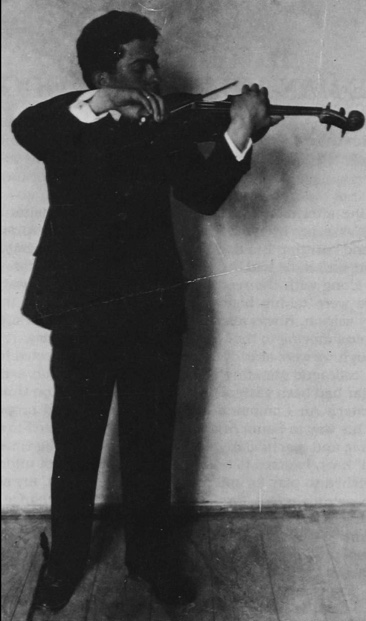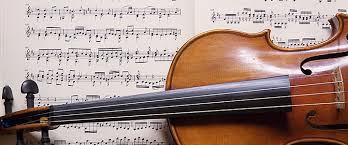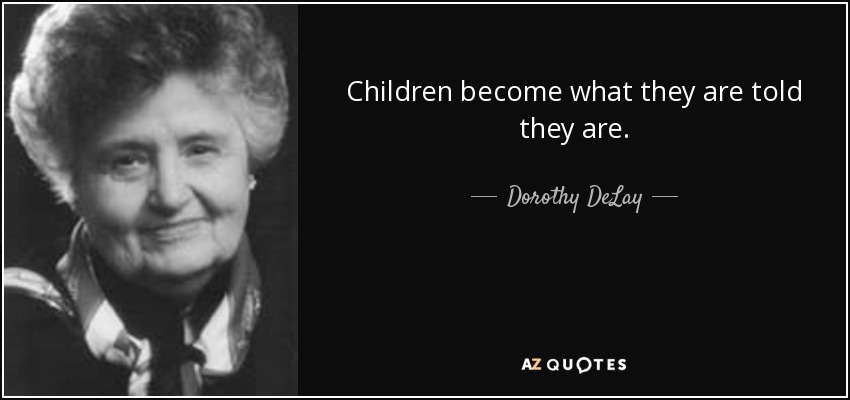
Dounis on Practicing (Part Two)
Practical tips for effective practicing
This blog explores some practical tips that Dounis gave to his students to help them improve their practicing. A general idea behind these tips is that students should make things more difficult than they actually are, so that when they play the music as it is, everything feels easy. Let’s see how this idea is implemented in practice.
Exaggerate the mistake
If you make a mistake during playing, a way to better understand it, is to isolate it and play it very wrong. If, for example, in an upward shift you arrive sharp at the intended note, then play the shift again and arrive at an even sharper note. By exaggerating the mistake, it then becomes much clearer and comprehensible to you. Then you will find it easier to estimate the exact distance of the shift.
How to practice slow and fast pieces
For slow pieces, Dounis suggested that one should practice twice slower and at the same time exaggerate every element of the interpretation. If, for example, you work on a piece that its tempo 80 per quarter beat, then try to practice at 50 or even 40. Also, exaggerate every crescendo, diminuendo and other dynamic marking or accent. Then play back at 80 and you will find out that everything feels easier and more expressive.
On the contrary, for fast pieces Dounis would suggest that one should practice twice as fast if possible, at the tip of the bow, very quietly, without making any accents. Just plane notes. This way you prepare yourself for something more difficult than what you really have to play. So, when you scale it back to the original tempo everything feels much easier. Also, playing at the tip of the bow without accents, creates a feeling of ease which the violinist should imitate when playing normally.
How to practice interpretation
It takes experience and skill for a violinist to really be aware about how their playing really sounds to the audience. For example, we often think that our dynamic range is appropriate, but if we were to hear a recording of our playing then we would probably realise that the audience hears no variation in dynamics. This happens also because of the distance between the player and the audience.
Dounis’ remedy for this problem was to make his students take every interpretation element to the extreme when practicing. For example, he would ask his students to play Bach like it was an Italian opera - very mellow, with big crescendos and diminuendos, intense accents and big contrasts in dynamics. Later, when they removed all this exaggeration what remained was an interpretation with clearly articulated dynamics. My teacher, Simon Fischer who uses the same method, he likes to compare the interpretation of the music on stage with the make-up of a theater actor. In his words: “If you see the actors’ make-up from a very close distance, it seems too much. But if you see it from the audience seat it looks just natural.
Sing the music you work on
Dounis believed that every violinist has a personal approach to interpretation, which he called ‘Inner Voice’. Many violinists however, loose their inner voice or they sometimes fail to discover it. In order to help his students (re)-connect with their inner voice, Dounis asked them to sing their pieces as expressively as they could. Then he asked them to imitate on the violin what they have just sung. After that, he would ask them two questions. A) “What did you sing that you did not play”? and B) “What did you play that you did not sing”? By repeating this process, the student came closer to the way they sung and this made their playing more personal, free and natural.
I would like to finish this article with a story. A few years ago, when I was studying in London, a Greek violinist came to explore studying opportunities in the London Music colleges. We met through a friend and he asked me if he could play for me. I gladly accepted and he played several pieces. He seemed to be a very serious and committed violinist. But, he also looked tensed and scared when he played. I sensed that although he is very talented, something blocked him, so I asked him to sing a phrase from the piece he played and then play it again. His playing was immediately transformed. This exercise confirmed to me that he was indeed talented and he just needed to connect with his ‘inner voice’.
Please, try these ideas and leave a comment below on how they worked out for you.
Practice well!



